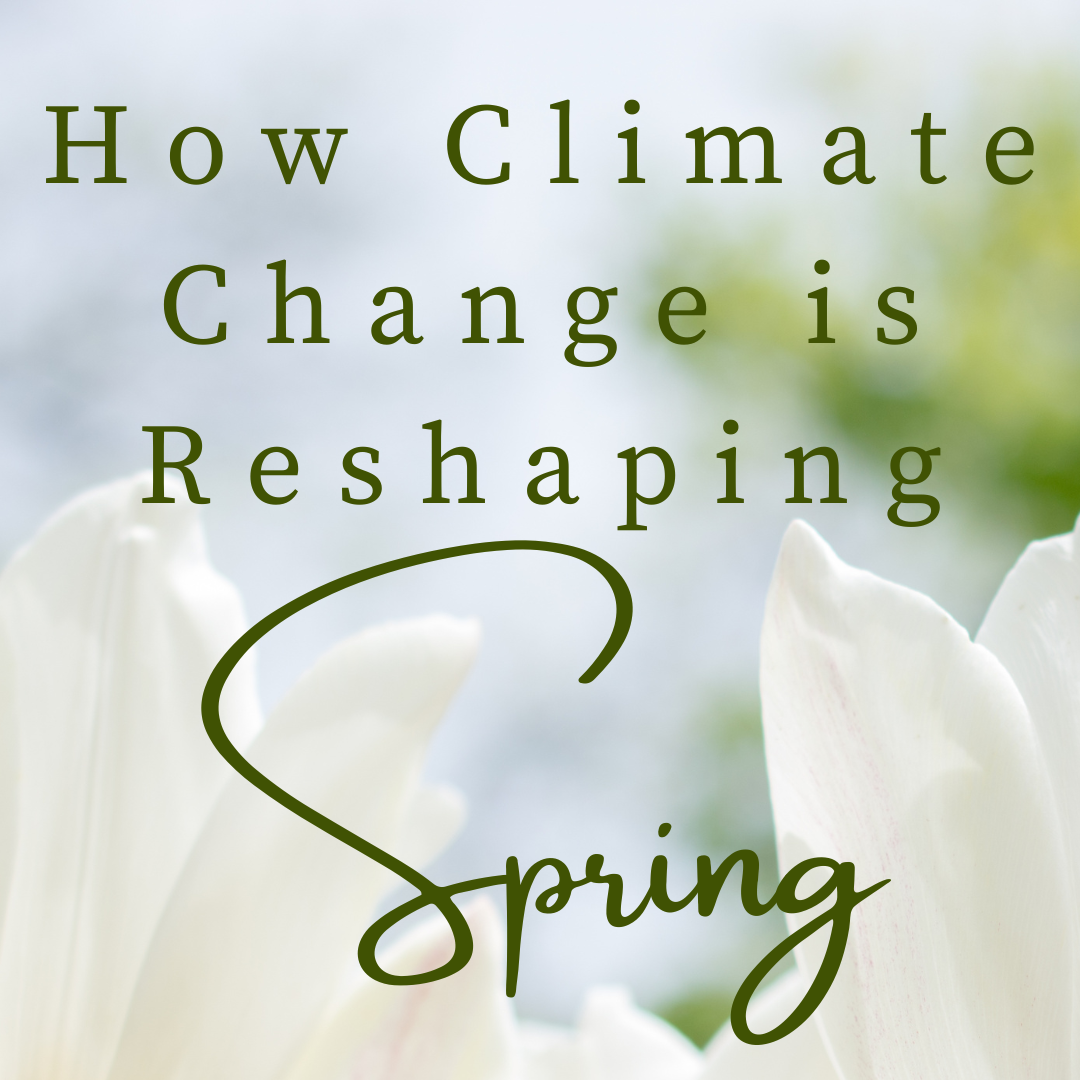 It’s safe to say that there’s nothing more typically British than a good cup of tea. As most of the UK’s tea is imported from India, China and Africa it may seem crazy to think that we can grow it here ourselves, right in our back gardens. The hardy, evergreen plant has made its way over to the UK and various tea plantations can now be seen thriving around Cornwall and the Scottish Highlands. Read our tea plant care guide and begin your very own journey to growing tea plants at home.
It’s safe to say that there’s nothing more typically British than a good cup of tea. As most of the UK’s tea is imported from India, China and Africa it may seem crazy to think that we can grow it here ourselves, right in our back gardens. The hardy, evergreen plant has made its way over to the UK and various tea plantations can now be seen thriving around Cornwall and the Scottish Highlands. Read our tea plant care guide and begin your very own journey to growing tea plants at home.
The camellia sinensis is the source for many of the teas we regularly drink like green, white, black and oolong varieties. The plant produces fragrant glossy leaves and delicate white blooms in the autumn. Both the leaves and the buds can be used in the creation of tea so you can have both a beautiful looking garden and delicious tea year round.
Tea Plant Quick Facts
- Variety: Camellia sinensis
- Hardiness: Half hardy (UK Zone 9). Will need protection from frost in 2-3 years of planting
- Suitable for: Planting and container growing. Indoors and outdoors
- Height: approx 5ft with pruning*
- Flowering: Autumn/winter
- Harvesting: Spring and Summer
- Soil: Sandy, loamy, clay, well-draining, neutral to acidic
- Sunlight: Semi-shade, full sun
- Difficulty: Moderate
Growing Tea Plants in the Garden
Tea plants prefer neutral to acidic soil. You can read more on how to test your soil acidity on the RHS website. If your soil is more alkaline it may be best to grow the camellia sinensis in a pot, however, there are ways to lower the pH levels of the soil. The most common way to do this now is by adding sulphur to the area. Read the latest advice on how to acidify your soil here.
Tea plants need a lot of sun to become nice, robust plants however they don’t like direct sunlight. Any area that is semi-shaded with dappled sunlight is the perfect spot to keep it. The optimal temperature for camellia sinensis is 13-32 degrees C.
Growing Tea Plants in Containers
Tea plants can also be grown in containers, this is a great way to be able to move the plant around when needed. Especially in the first few years of the plant becoming hardier to the colder winters. The plant may need bringing inside.
To pot your Camellia sinensis you will need a container that has plenty of drainage holes and is about 2 times the size of the current root ball. Good drainage is important when finding the right pot as the plant will not tolerate having ‘wet feet’ in waterlogged soil.
Like mentioned previously, camellias are ericaceous plants so choose a potting soil for acid loving plants.
When you have everything ready, fill the bottom third of the pot with compost, set the root ball in the centre of the pot and fill in the sides with the potting soil. When the sides are filled leaves the crown of the plant showing above the top of the soil. Press down lightly to firm the soil.
As a general rule of thumb, the shrub should be repotted every 2-4 years or as needed when you think it’s outgrown its current container size.
If you’re looking to keep your tea plant at a more compact size you can prune the root ball to keep it the right size for the pot and avoid any root bounding from happening.
Watering your Tea Plant
In the first 2 years of your plant becoming established, make sure to water frequently, around 2 - 3 times a week during summer. If the weather is especially warmer it may need more frequent waterings. Try and use rainwater where possible.
Potted plants require more watering as the soil dries out quicker. Wait till the top 2 to 4 inches of topsoil is dry but don’t let the compost dry out completely. Water the soil until you see it draining out of the bottom, make sure the water can fully drain away and don’t leave the pot sitting in water.
If you think the drainage of the pot needs to be improved you can do this by adding coarse grit or organic bark matter to the compost. You can also add some stones or pebbles under the bottom layer of compost.
If the air is particularly dry some days try misting the leaves, tea plants are mainly from tropical regions and like a more humid environment.
Growing your Tea Plant Indoors
Tea plants don’t just do well in the garden, they can also grow extremely well indoors. If you live in an area that gets particularly cold over winter you may need to bring the plant inside for some over winter protection.
The plant should be kept in a bright area of the house where it can get lots of indirect sunlight. The optimal temperature for tea plants indoors is around 21 degrees C. When the buds start to appear in winter the temperature of the room should be reduced to around 7-10 degrees, this will encourage the plant to start flowering.
Fertilising your Tea Plant
It isn’t a necessity to feed your tea plant as long as it has the right amount of water however if you would like to give it a bit of a boost then you can feed it with an ericaceous food during the active growing season.
It is advised not to harvest the next flush of leaves after the feeding as the taste of the fertiliser may come through in the tea.
Pruning your Tea Plant
Prune your camellia sinensis after the blooming period every year. Take off any dead or damaged stems with some sharp pruning shears. Make sure to cut the stem back right to the base of the shrub.
If you want to prune for shape and size cut the individual branches to just outside a bud or leaf node. To restrict the height of the plant or facilitate new growth prune the shrub back to around half its height.
Tea plants are generally kept at a small size so it’s easier to harvest the fresh, top leaves.
Harvesting Tea Leaves
The first ‘flush’ of fresh leaves ready for harvesting will come in the springtime as tea plants are usually dormant over the winter months. You can pinch the bright green leaves and new buds from the plant using your finger and thumb.
Regular harvesting not only gives you plenty of fresh tea but it encourages new growth and helps create a bushier more full plant. The young leaves can then be used to create a delicious cup of tea.
Leaves can be harvested several times throughout the spring and summer growing period giving you plenty of opportunities to try and make all the different teas out there and see which one is your favourite.
The new growth is harvested as adult tea leaves are incredibly bitter, tough and full of stringy fibres compared to the soft, tender young leaves.
Tea leaves don’t just have to be used for brewing cups of tea, they can be cooked with to create delicious salads and even tea flavoured desserts.
Processing your Harvested Tea Leaves
You can make so many different types of tea just from processing the leaves of the plant in different ways. Have a go at producing your own delicious homegrown cup of tea and check out our tea making guide for an easy step by step process.
*tea plants left unpruned have been known to grow up to 50 ft in height.


